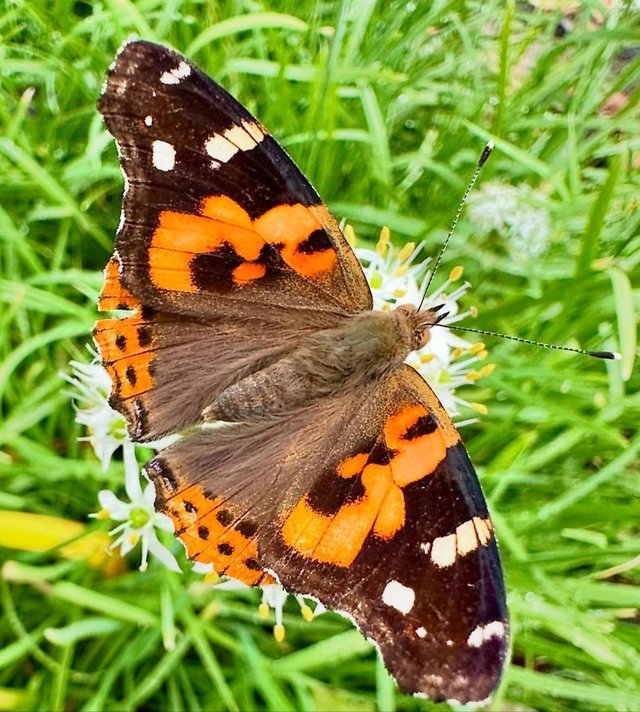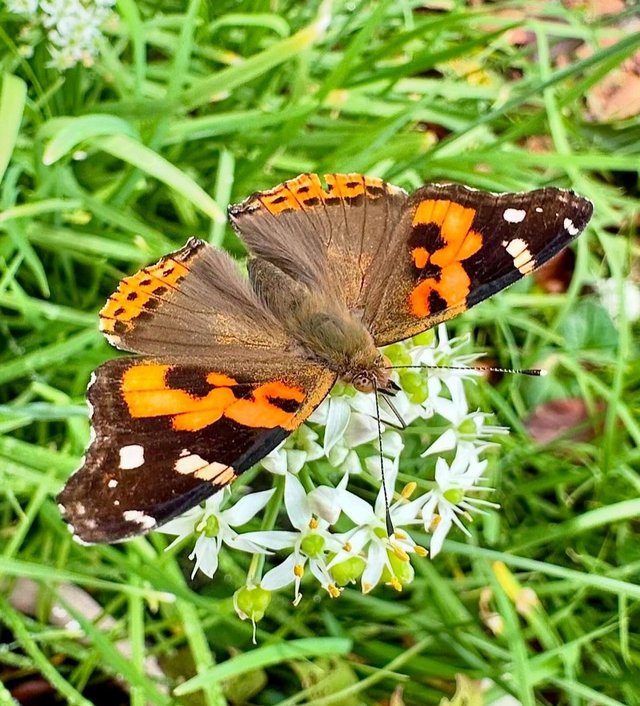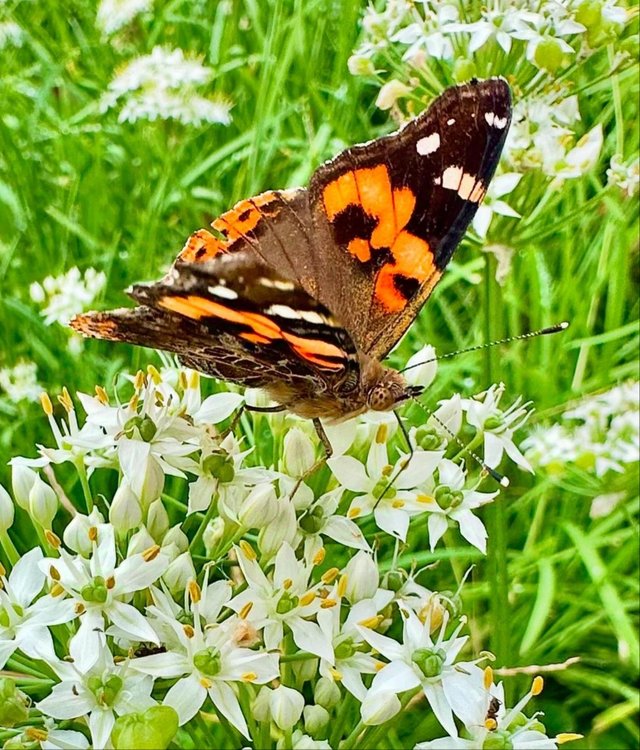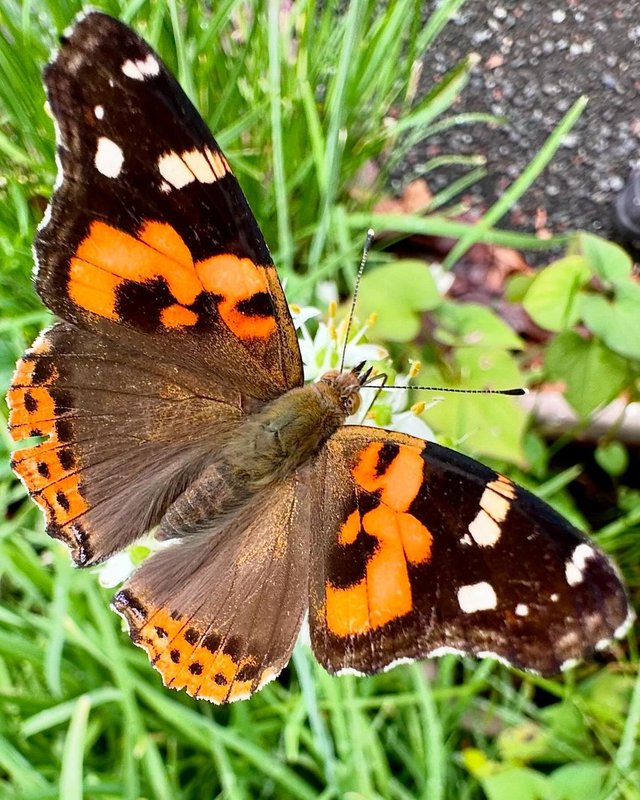Painted Lady So Beautiful
The Painted Lady butterfly, scientifically known as Vanessa cardui, is one of the most widespread and recognizable butterflies in the world. With its delicate wings adorned in orange, black, and white patterns, this beautiful insect has captivated nature lovers and researchers alike for centuries. From its incredible migration patterns to its adaptability and ecological significance, the Painted Lady is a fascinating subject worth exploring in depth.
Appearance and Identification
The Painted Lady is a medium-sized butterfly with a wingspan ranging from 2 to 3 inches. Its most striking feature is its vibrant coloration. The upper side of the wings displays a rich, orange-brown color with black spots and white patches near the tips of the forewings. The undersides of the wings are a mosaic of browns and grays, with intricate patterns that provide excellent camouflage when the butterfly is at rest.
One distinctive characteristic of the Painted Lady is the presence of four to five small blue eyespots on the lower edge of its hindwings. These spots, while not as prominent as those of some other butterflies, are believed to help ward off predators by mimicking the eyes of larger animals.
Global Distribution
The Painted Lady has one of the widest distributions of any butterfly species, being found on every continent except Antarctica. It thrives in a variety of habitats, from deserts to grasslands, and from urban gardens to mountain meadows. Its ability to adapt to such a wide range of environments is a key factor in its global success.
This butterfly is native to temperate and tropical regions, with large populations in North America, Europe, Asia, and Africa. It’s particularly common in arid and semi-arid regions, where it can feed on a diverse array of host plants.
Lifecycle and Reproduction
Like all butterflies, the Painted Lady undergoes complete metamorphosis, passing through four distinct life stages: egg, larva, pupa, and adult.
Eggs: The female Painted Lady lays her eggs on host plants, typically thistles, mallows, and hollyhocks. The eggs are pale green and small, about the size of a pinhead. After about 3-5 days, the eggs hatch into caterpillars.




Device Information
| Device | Redmi Note 10 Pro |
|---|---|
| Location | Bangladesh |
